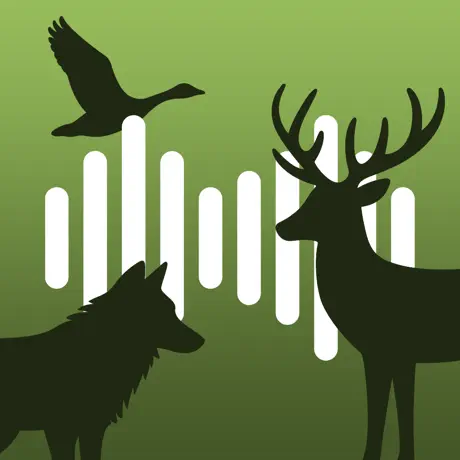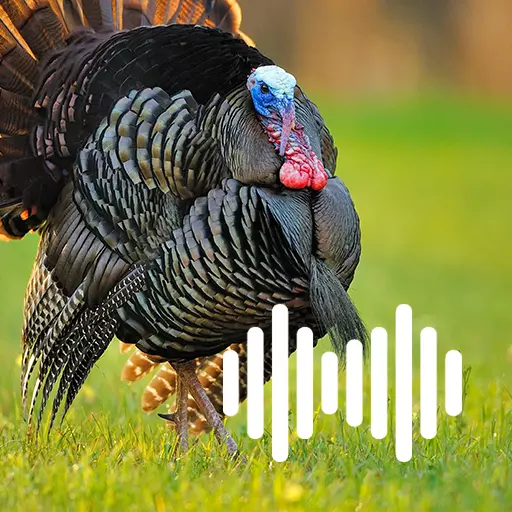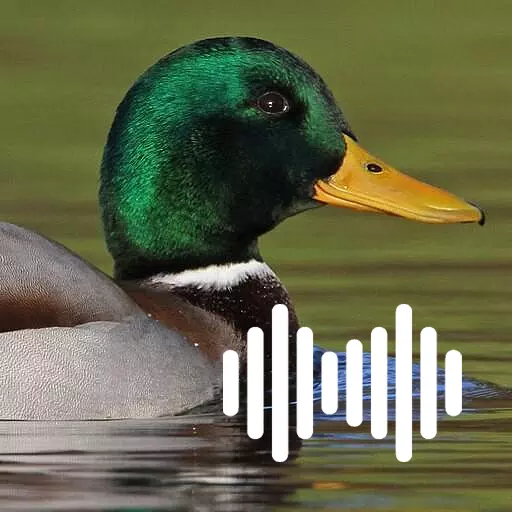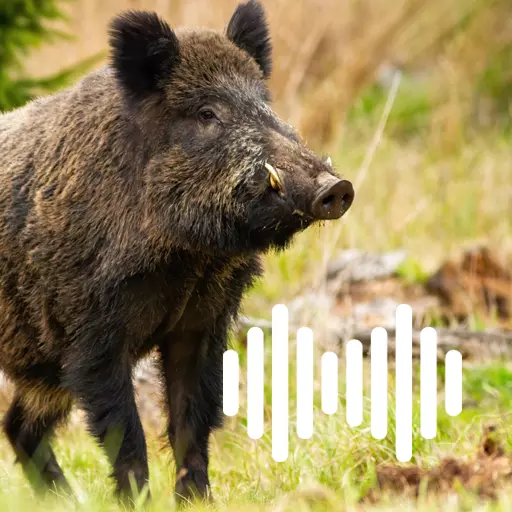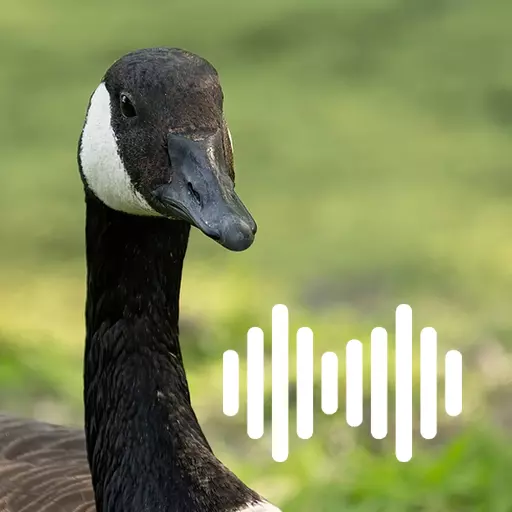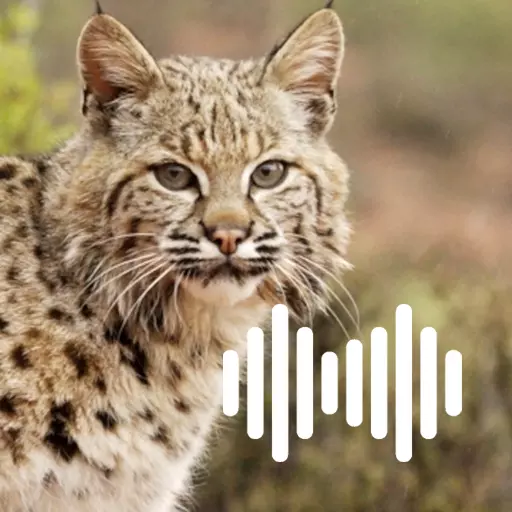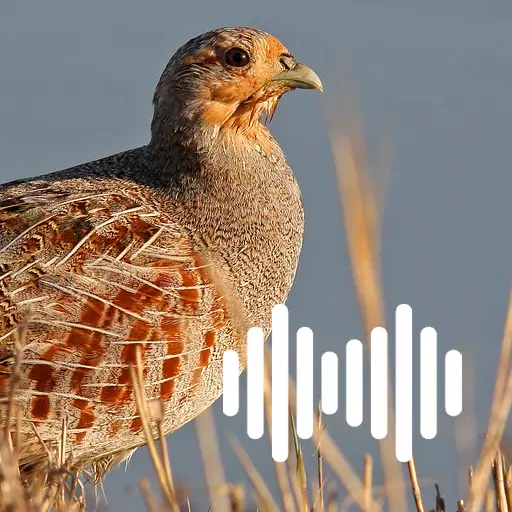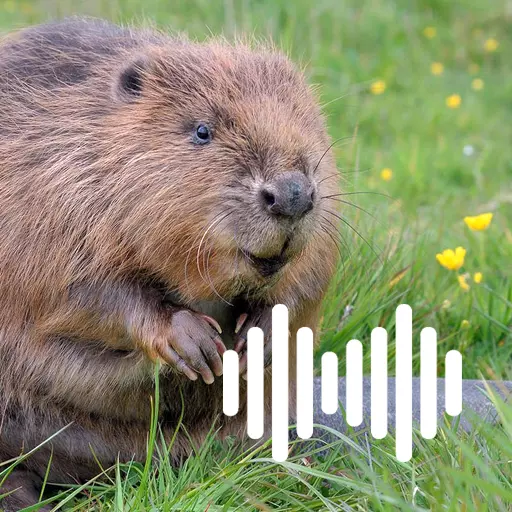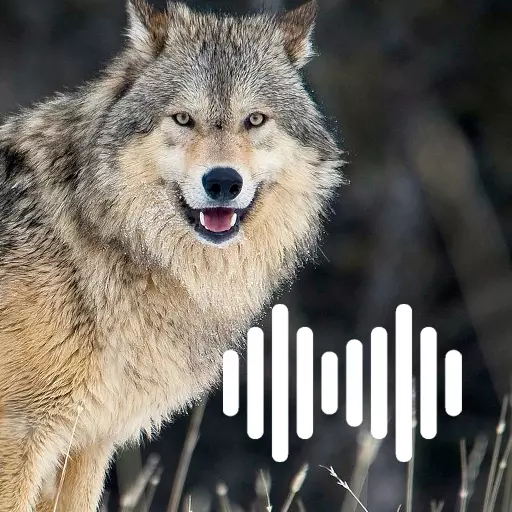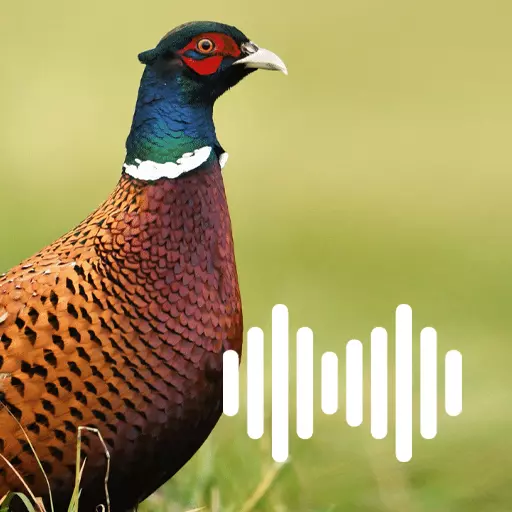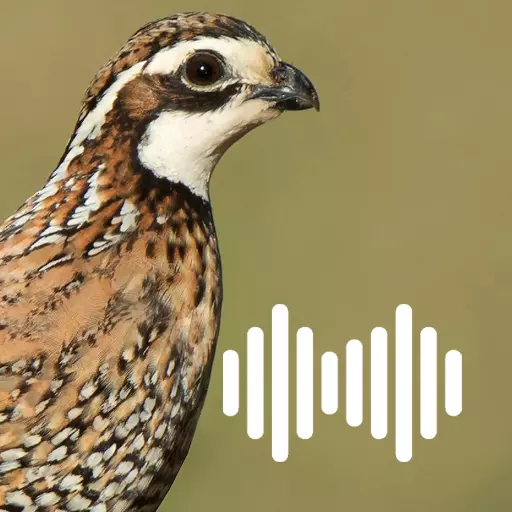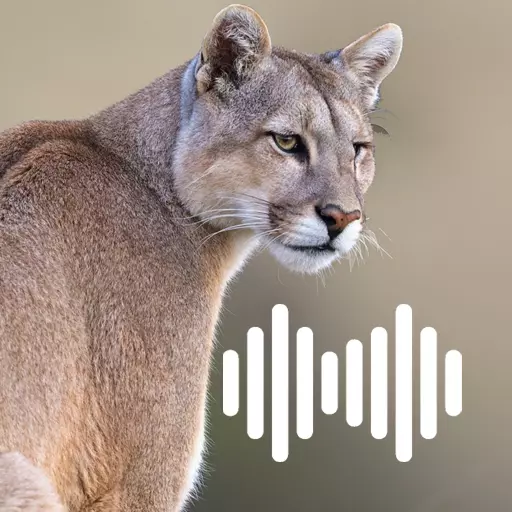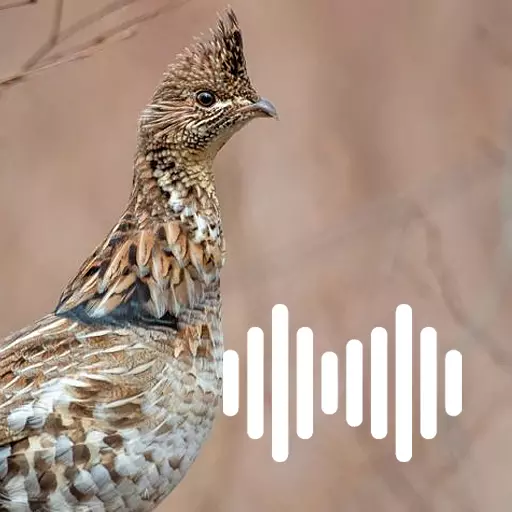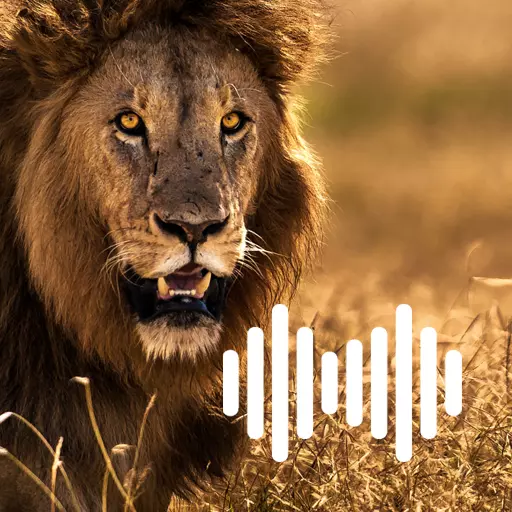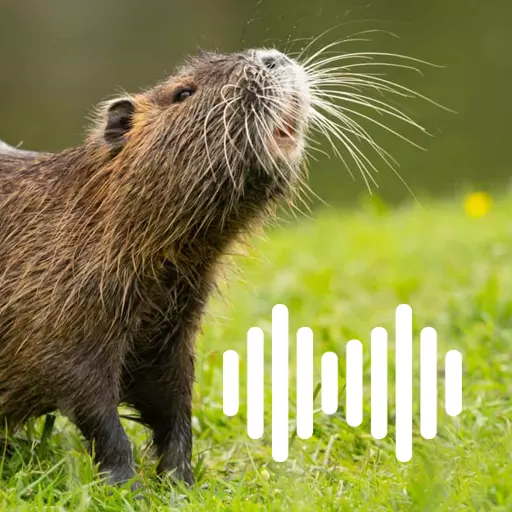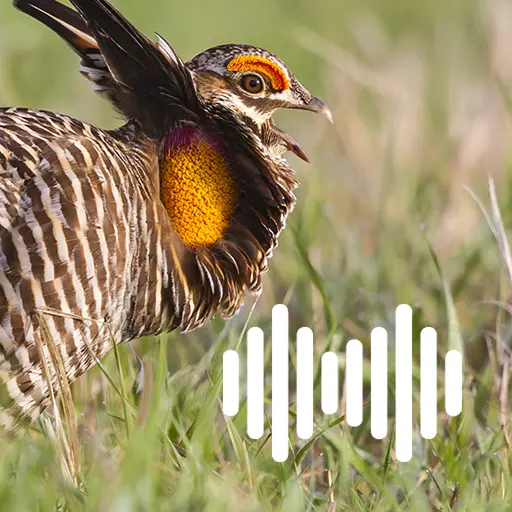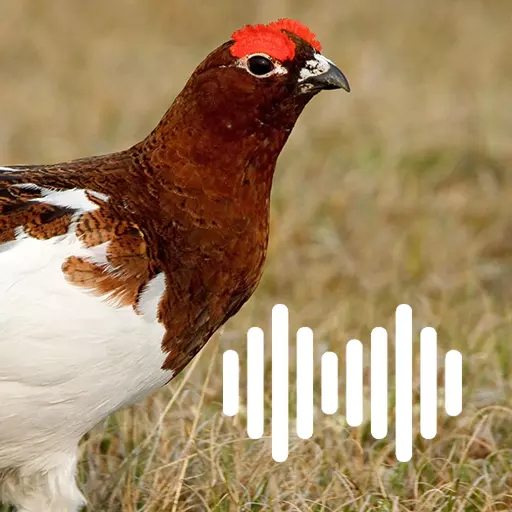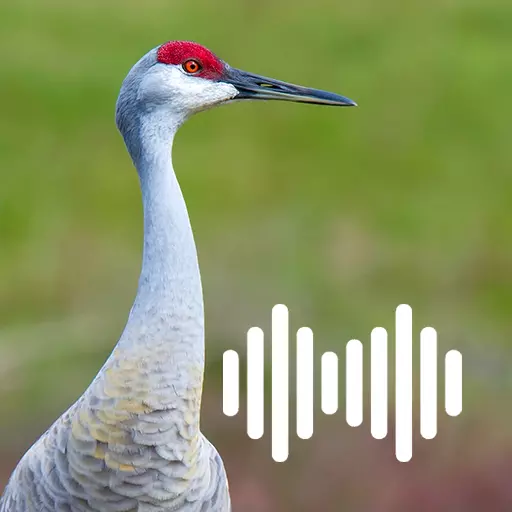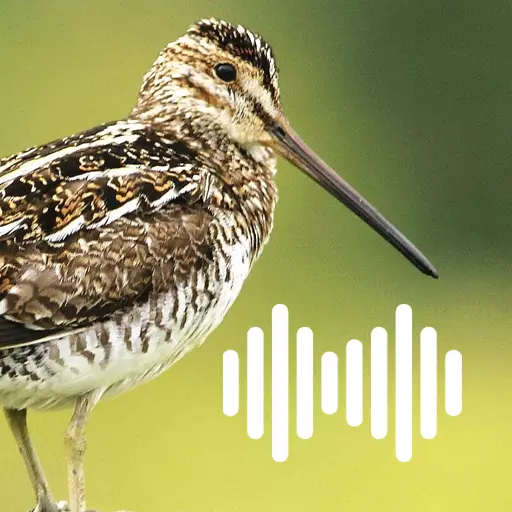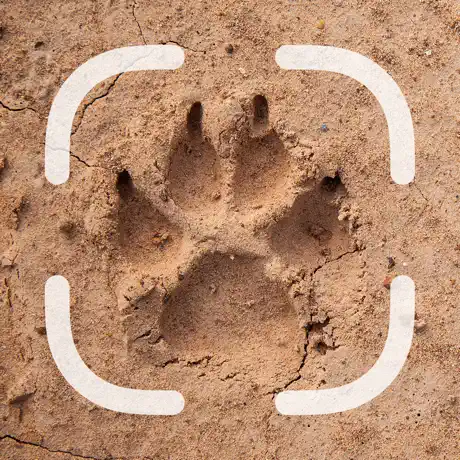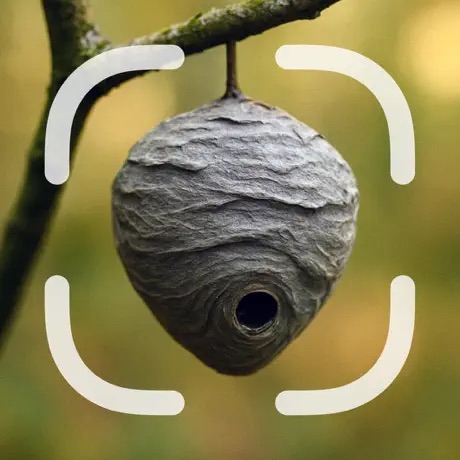Hunting Calls Apps
Hunting Calls: All-in-One
800+ sounds, 80+ species!
Deer Calls
Turkey Calls
Coyote Calls
Fox Calls
Duck Calls
Rabbit & Hare Calls
Crow Calls
Squirrel Calls
Dove Calls
Hog, Pig & Boar Calls
Moose Calls
Goose Calls
Raccoon Calls
Bear Calls
Bobcat Calls
Partridge Calls
Beaver Calls
Wolf Calls
Pheasant Calls
Quail Calls
Groundhog Calls
Elk Calls
Alligator & Croc Calls
Badger Calls
Cougar Calls
Goat Calls
Grouse Calls
Lion Calls
Lynx Calls
Nutria & Otter Calls
Prairie Chicken Calls
Prairie Dog Calls
Ptarmigan Calls
Crane Calls
Sheep Calls
Skunk Calls
Woodcock Calls
Other Apps!
Solunar: Hunting Times
Moon Phase Hunt Calendar
Animal Tracks Identifier
Feather Identifier
Droppings Identifier
Egg Identifier
Nest Identifier
Burrow & Hole Identifier
Bone, Skull & Tooth Identifier
Mobile Hunting Calls Apps vs Traditional Game Calls: The Complete Hunter's Guide
In the modern hunting world, technology and tradition merge to create powerful tools for successful hunts. Mobile hunting calls apps and traditional game calls have become essential equipment for serious hunters. Understanding when and how to use these tools can significantly improve your hunting success rate.
Mobile Hunting Calls Apps: Technology in Your Pocket
Smartphone technology has revolutionized hunting with specialized apps offering vast libraries of authentic animal sounds. Hunting calls apps provide hunters with instant access to calls for deer, elk, turkey, duck, and many other game species, all stored conveniently on their mobile devices.
Advantages of Mobile Hunting Apps
Versatility and Convenience: Modern hunting apps contain hundreds of high-quality calls for various species, eliminating the need to carry multiple physical calls. Electronic calls offer the ability to get sounds away from your hunting setup, which can be a significant tactical advantage.
Professional Quality Sounds: Electronic calls store different sounds on a computer chip, and work at the push of a button, with champion callers usually recording the sounds in professional studios. This ensures consistent, high-quality audio reproduction every time.
Easy Operation: Mobile apps require minimal learning curve compared to mastering traditional mouth calls. Hunters can focus more on positioning and shot preparation rather than perfecting calling techniques.
Volume Control: Electronic calls allow precise volume adjustment, helping hunters adapt to different hunting conditions and distances.
Popular Game Species for Mobile Apps
Deer Hunting: Mobile apps excel at producing consistent deer calls including grunts, bleats, and rattling sounds that attract both bucks and does during different seasons.
Turkey Calling: Apps offer various turkey vocalizations from yelps and purrs to aggressive gobbles, making them valuable for both spring and fall hunting.
Waterfowl Hunting: Duck and goose calls through apps provide realistic sounds that can complement traditional calling methods.
Predator Hunting: Electronic calls shine in predator hunting, offering distress calls that can attract coyotes, foxes, and other predators from considerable distances.
Traditional Game Calls: Time-Tested Hunting Tools
Traditional mouth calls, diaphragm calls, and hand-operated calls remain popular among experienced hunters for good reasons. These tools have proven their effectiveness over generations of hunting success.
Benefits of Traditional Calls
Authentic Sound Production: With mouth calls, hunters are better able to change sound tones, cadence, and rhythm, providing more natural and varied calling sequences.
Stealth and Mobility: Mouth-blown calls are small, easy to carry, and they make it easier to sneak into your stand without unnecessary exposure.
No Battery Dependence: Traditional calls never run out of power, making them reliable in any weather condition or remote hunting location.
Skill Development: Learning to use mouth calls develops a deeper understanding of animal communication and behavior patterns.
Types of Traditional Hunting Calls
Diaphragm Calls: Popular for turkey and elk hunting, these calls allow hands-free operation while maintaining weapon readiness.
Open Reed Calls: Versatile calls suitable for various game species, offering excellent volume control through breath pressure.
Closed Reed Calls: Provide consistent sounds with less variation, ideal for beginners learning calling techniques.
Friction Calls: Including box calls and slate calls, these produce realistic sounds through mechanical friction rather than air pressure.
Electronic vs Traditional: Making the Right Choice
The debate between electronic and traditional calls continues among hunting communities. While electronic calls appear much easier to use, most expert hunters prefer to go the manual way.
When to Use Electronic Calls
Electronic calls excel in situations requiring long-range attraction, consistent sound reproduction, hands-free operation, multiple species hunting in single trips, and predator hunting scenarios.
When Traditional Calls Shine
Traditional calls work best when hunting in areas with electronic call restrictions, close-range scenarios requiring subtle communication, developing personal hunting skills, situations requiring complete stealth, and battery life concerns in remote locations.
Legal Considerations
Electronic calls are much more useful with predators and in some areas are even illegal to use on deer and elk. Always check local hunting regulations before using any calling device, as laws vary significantly between states and hunting zones.
Combining Both Approaches for Maximum Effectiveness
Many successful hunters employ hybrid strategies, using both electronic and traditional calls during the same hunt. An electronic caller and mouth call used at the same time adds realism like nothing else.
Strategic Integration Tips
Distance Calling: Use electronic calls for long-range attraction, then switch to mouth calls for close-range finesse work.
Sound Layering: Combine different call types to create more realistic soundscapes that convince wary game animals.
Backup Systems: Carry traditional calls as backup when relying on electronic devices in remote locations.
Species-Specific Strategies: Adapt your calling approach based on the target species' behavior patterns and communication methods.
Essential Features in Hunting Apps
When choosing hunting calls apps, look for these key features:
High-Quality Audio: Crystal-clear recordings from professional callers and field recordings
Offline Functionality: Apps that work without internet connectivity for remote hunting locations
Timer Functions: Automated calling sequences with customizable intervals
Multiple Species: Comprehensive libraries covering your target game animals
User-Friendly Interface: Simple controls that work with gloves and in low-light conditions
Best Practices for Hunting Calls Success
Regardless of whether you choose electronic or traditional calls, follow these proven strategies:
Learn Animal Behavior: Understand when and why animals vocalize to use calls more effectively
Practice Regularly: Consistent practice improves timing and technique with any calling method
Start Subtle: Begin with soft, natural sounds before increasing volume or intensity
Read the Situation: Adapt calling frequency and style based on animal responses and behavior
Consider Wind Direction: Position yourself and your calls considering wind patterns and animal approach routes
Maintenance and Care
Electronic Devices: Protect from moisture, carry spare batteries, and regularly update app libraries
Traditional Calls: Clean regularly, store properly, and replace worn components as needed
Conclusion
Both mobile hunting calls apps and traditional game calls offer unique advantages for modern hunters. Electronic calls provide convenience and consistency, while traditional calls offer authenticity and skill development. The most successful hunters often combine both approaches, adapting their strategy to specific hunting situations and conditions.
Whether you prefer the convenience of smartphone apps or the traditional art of mouth calling, the key to success lies in understanding animal behavior, practicing regularly, and choosing the right tool for each hunting scenario. Consider your hunting style, target species, and local regulations when building your calling arsenal.
The future of hunting calls likely lies in the intelligent combination of both technologies, allowing hunters to leverage the benefits of each approach for maximum effectiveness in the field.
